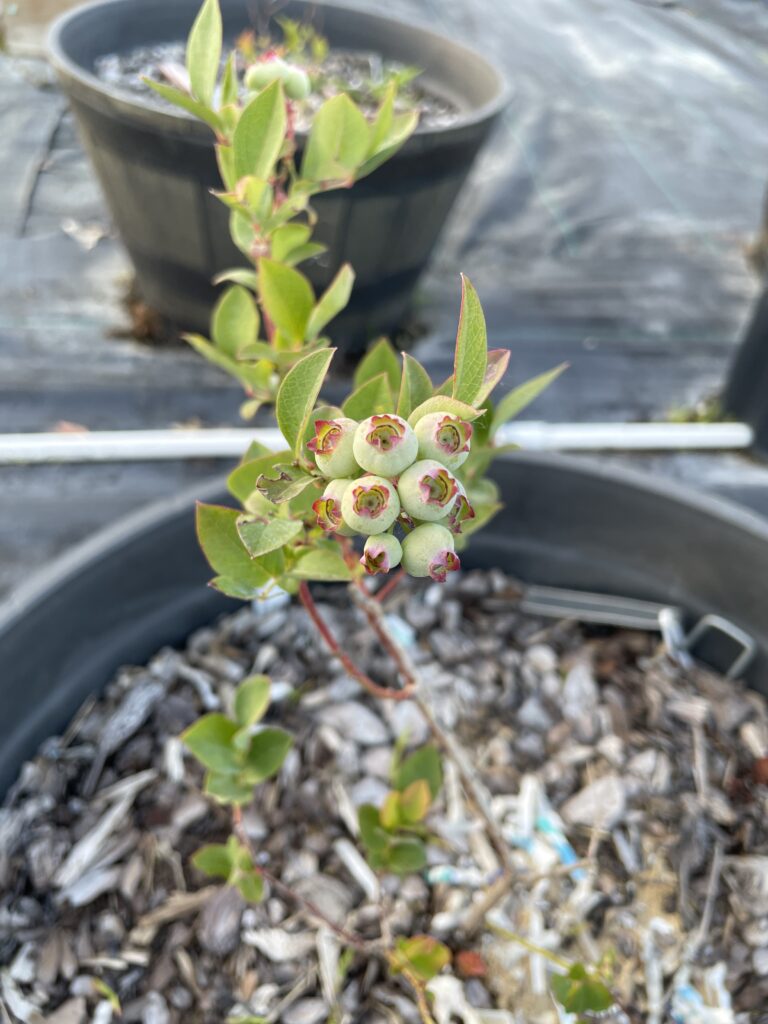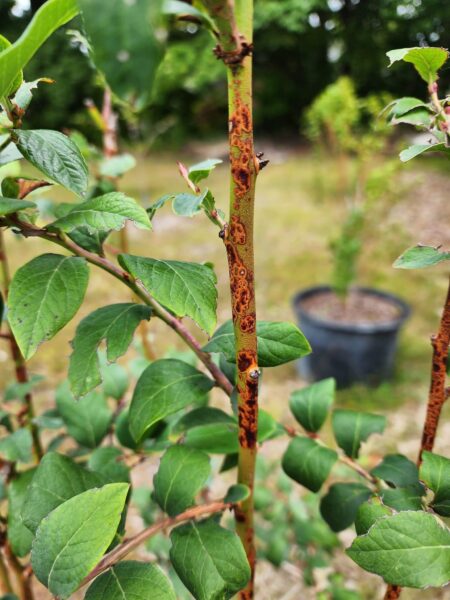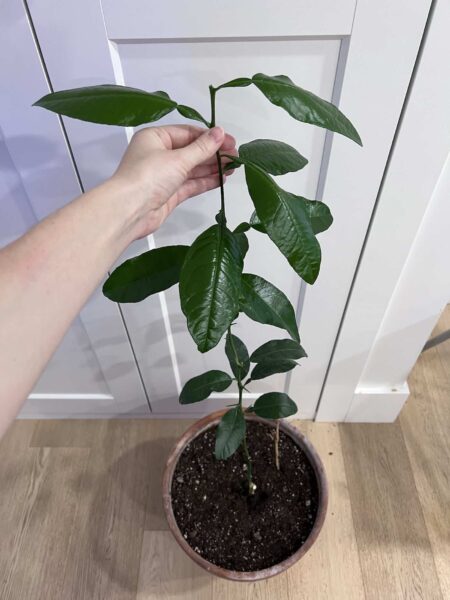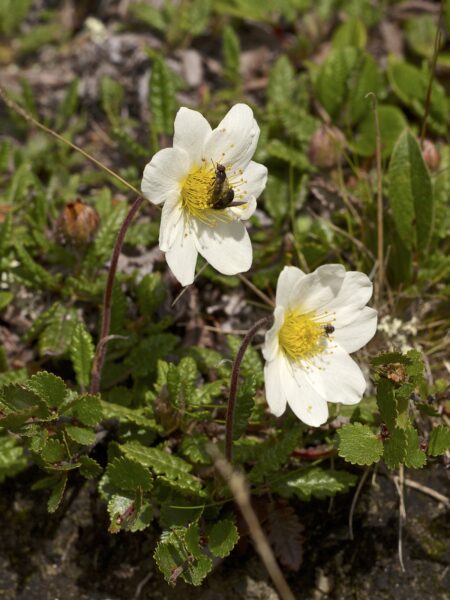Blueberries, with their sweet and tangy flavor, are a beloved fruit that brings delight to many. Whether you enjoy them fresh, baked into pies, or blended into smoothies, the joy of ripe blueberries is unparalleled. In this article, we’ll delve into the process of growing blueberries, from cultivation to harvest, and discuss the vital role that pollinators play in their production.

The Joy of Ripe Blueberries
There’s nothing quite like the satisfaction of biting into a plump, juicy blueberry bursting with flavor. Blueberries are not only delicious but also packed with antioxidants and essential nutrients, making them a valuable addition to a healthy diet. From their vibrant blue color to their delightful taste, ripe blueberries are a true delight.
Growing Blueberries: A Guide
Growing your own blueberries can be a rewarding experience. Here are some essential steps to get started:
- Choose the Right Variety: Select blueberry varieties that are well-suited to your climate and growing conditions. Different varieties have different requirements, so it’s important to choose wisely.
- Prepare the Soil: Blueberries thrive in acidic soil with a pH between 4.0 and 5.5. Amend your soil accordingly by adding organic matter, such as peat moss, and ensure proper drainage.
- Planting: Plant blueberries in a sunny location with well-drained soil. Follow the recommended spacing guidelines for the specific variety you choose.
- Watering and Fertilizing: Blueberries require consistent moisture but should not be overwatered. Apply a balanced fertilizer according to the recommended schedule.
- Pruning and Maintenance: Prune blueberry bushes annually to promote healthy growth and increase fruit production. Remove dead or diseased branches and maintain proper airflow within the plant.
- Harvesting: Blueberries are ready to harvest when they turn deep blue and easily detach from the stem. Pick them gently to avoid damaging the fruit.
The Role of Pollinators
Pollinators, such as bees and butterflies, play a crucial role in the production of blueberries. These tiny creatures transfer pollen from the male parts of the flower to the female parts, enabling fruit set and development. Without pollinators, blueberry plants would struggle to produce an abundant crop. Therefore, creating a pollinator-friendly garden environment by providing a variety of flowers and avoiding pesticides is essential for successful blueberry production.
Conclusion
Growing and savoring ripe blueberries is a delightful experience that brings both joy and nutritional benefits. By following the steps for cultivating blueberries and creating a pollinator-friendly environment, you can enjoy a bountiful harvest of these delicious berries while contributing to the important role of pollinators in our ecosystem. So, embrace the delights of ripe blueberries, cultivate your own patch, and appreciate the beauty and flavors they bring to your life.
As an Amazon Associate we earn from qualifying purchases through some links in our articles.




